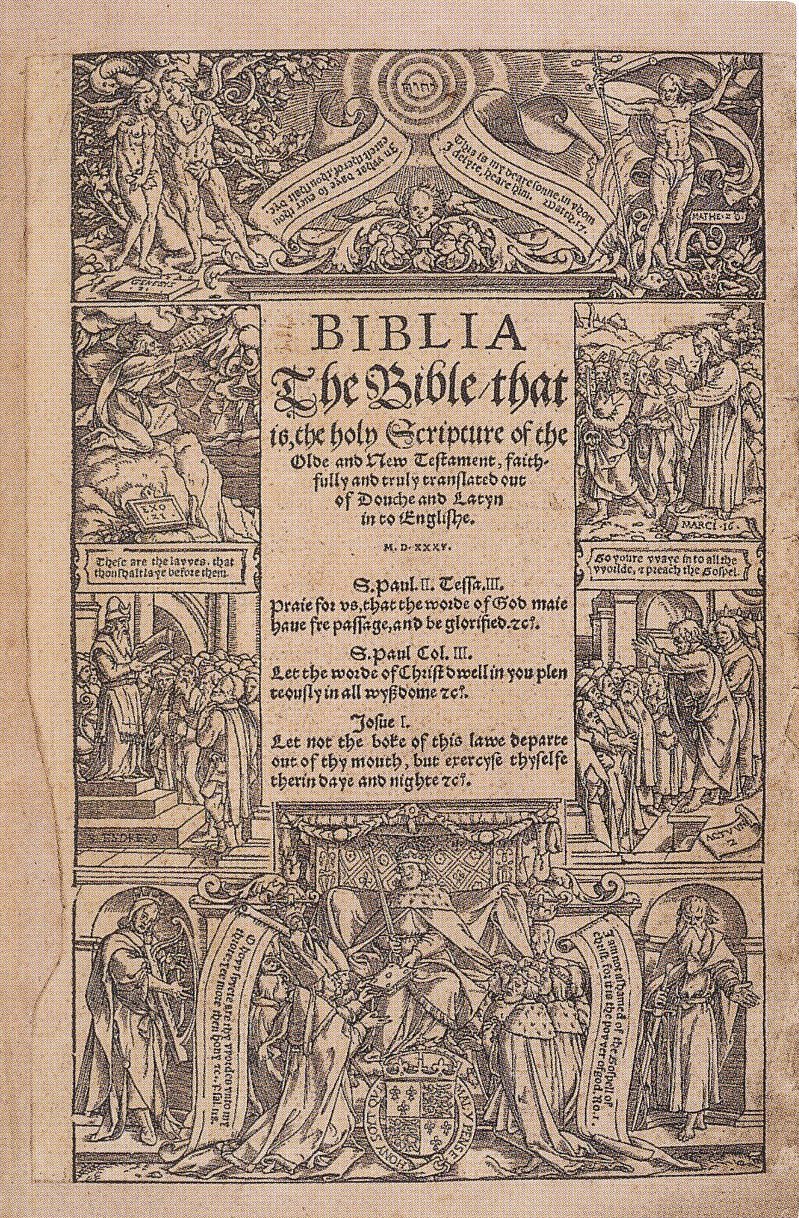by Rev. Paul Doellinger
The hallmark of the Reformation is justification by faith alone. This chief doctrine is essential to our understanding of the Sacraments, as faith is required to receive their benefits and blessings. The Latin phrase ex opere operato, meaning “worked from the work,” is used by the Roman Catholic Church to teach that the mere performance of a Mass or Baptism justifies the sinner before God. This is rejected by the Churches of the Augsburg Confession: “Our churches teach that the Sacraments were ordained, not only to be marks of profession among men, but even more, to be signs and testimonies of God’s will toward us. They were instituted in such a way that faith, which believes the promises offered through the Sacraments is increased. Therefore, they condemn those who teach the Sacraments justify simply by the act of doing them. They condemn those who do not teach that faith, which believes that sins are forgiven, is required in the use of the Sacraments.” (AC XIII.1-3) Luther emphasized this Reformation truth in his lectures on Genesis, particularly regarding the covenant of circumcision.
Read Genesis 17:1-14.
1. Luther notes how God’s promise and Abraham’s faith preceded the law of circumcision: “You must devote careful attention to what the Lord says before He gives the command concerning circumcision…’I am God Almighty; walk before Me and be blameless.’…The only requirement is that a man remain in this blamelessness…Circumcision finds Abraham already righteous, holy, and blameless before God…In short, circumcision was a sacrament by which they were to be reminded that they were the people of God. But they did not become the people of God through circumcision…For the descendants of Abraham circumcision was a symbol that they were heirs of the promise which had been given to Abraham before He was circumcised.”[1] When and how was the promise first given to Abraham?
2. Luther further describes the proper place of faith in God’s covenant with Abraham: “Circumcision is an affliction and a cross rather than a work. For he who is circumcised does not perform it; he suffers it from others and indeed with pain…[It] is a sign or seal of the righteousness which Abraham had before he was circumcised…Therefore, [it] was efficacious among the descendants of Abraham; that is, it brought righteousness, not because of the work alone, which was merely passive, but because of God’s promise, which was joined to this passive work…for circumcision as circumcision achieves nothing. Faith in the Word must be added to it. When this is present, then indeed circumcision is a deal of righteousness and implements righteousness.”[2] What is the instrument that clings to and receives the promises of the Gospel and the Means of Grace?
3. Circumcision had a specific purpose for a specific people of God: “[Abraham’s descendants are] circumcised for the purpose of designating it with a distinctive mark, in order that the Gentiles, prompted by admiration, may learn to acknowledge the God of the Jews until Christ should come and provide a new mark—a mark by which Jews and Gentiles would be certified as sharers in the eternal grace which, through the Son of God, falls to the lot, not of those who are favored because of the prerogative of birth according to the flesh but of those who believe, or have been born again through water and the spirit.”[3] Christians in the New Testament have the distinctive mark of Baptism. How is Baptism like circumcision? How is it different?
4. Luther describes the faith of the Gentiles who were not circumcised, but were made part of the promise by faith: “This is the origin of the chief doctrine of theology: that God is the God of the Jews and of the Gentiles, rich toward all, even at the very time when the Law and circumcision flourished. For other nations heard Abraham, heard the prophets, saw the worship at Jerusalem, and believed that the God of the Jews was the only true God…Thus he who does not have the promise, but as Paul says, the Jews, who had the promise, did not attain the righteousness of the Law by following the Law…let no one glory according to the flesh…God nevertheless does not exclude gentiles from the promise, provided that they embrace it in faith…Salvation is from the Jews (John 4:22), but the Jews are not the only ones who are saved; the Gentiles, too, attain to the promise of salvation…God wanted Abraham to bear this sign for the benefit of his descendants, yet in such a manner that through it the Gentiles would also be invited to faith. For the Gentiles could become the people of God through faith in the Blessed Seed, not through circumcision.”[4] Give some examples of Gentiles in the Old Testament who were brought to faith in the One True God apart from circumcision.
5. Circumcision is no longer necessary in the New Testament: “Now there is a universal calling not to be circumcised but to believe in Christ and to be baptized into His name. Let the person who is baptized and believes—whether mother, father, or prince—then do what is required. In this way that person will be saved…When Christ came, this law (circumcision) was abolished; for circumcision was not given as an everlasting law but for the preservation of the seed of Abraham until Christ should be born from it. At His birth not only circumcision but the entire law, with its ceremonies and forms of worship, came to an end.”[5] Now that the Old Testament Law, with its rites and ceremonies, have been fulfilled in Christ, what has He instead given to His New Testament Church on earth?
6. Luther describes how God gives tangible signs to His Church: “God does not want us to go astray in our thoughts; He shows Himself…in signs that are visible and tangible. Thus in the New Testament there are Baptism, the Keys, and the Eucharist. He who makes use of these in faith does not believe in vain and does not stray from God but surely hears and finds God…Therefore other places, other forms of worship, new things and other endeavors are sought in vain. God is not found there; but where He causes His name to be remembered, that is, where the Word of God resounds, there He comes, not with curses but with blessings.”[6] How can we be certain that the visible and tangible signs of the Church are valid and efficacious?
Circumcision was given as a concrete sign to Abraham and his descendants that they were a people set apart and loved by God. The outward work of circumcision was predicated upon the promise of the Gospel preached to Adam, Noah, Abraham, and all of his descendants. What we have in the New Testament is even better than circumcision and all of the Old Testament rites and ceremonies. Luther said, “[God] presents Himself to us in the Word, in the use of the Keys, in Baptism, and in the Lord’s Supper… If Abraham had seen the kindness God shows by speaking and associating with us through the daily ministry in Baptism and in the Lord’s Supper, he would have died from wonderment and joy.”[7]
While circumcision and the Old Testament laws and ceremonies differ greatly from the means of grace in the New Testament, one thing remains the same: faith alone saves. So today, faith looks to and clings to the promises of God given in the preaching of the Gospel, Absolution, Baptism, and the Lord’s Supper. These means of grace justify us not by the mere performance of the act, ex opere operato, but “along with the faith which trusts these words” (SC IV) and the promises of God given in and attached to them.
The Rev. Paul Doellinger is pastor of St. Paul Lutheran Church, Cassopolis, Mich.
[1] Luther, M. (1961). Vol. 3: Luther’s Works, vol. 3: Lectures on Genesis: Chapters 15-20 (J. Pelikan,
Ed.). Saint Louis: Concordia Publishing House., pgs. 78-79, 85, 87
[2] Ibid., pgs. 100-102
[3] Ibid., pg. 95
[4] Ibid., pgs. 95-97, 112
[5] Ibid., pgs. 131, 141-145
[6] Ibid., pg. 146
[7] Ibid., pgs. 165-166



